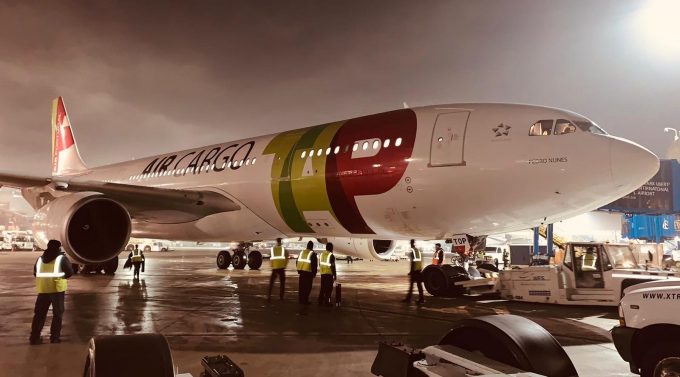IATA accuses Adani of 'capacity gaming' over Mumbai freighter ban
Adani Group-managed Mumbai International Airport (MIAL) is facing pushback from industry groups over a recent decision ...

The race is on to get cheaper, alternative freighters into what has been a capacity-hungry air cargo market – and reversable conversion solutions have come to the rescue.
Earlier this month, Avensis Aviation received the STC for its fully reversible Class E solution, which it calls ...


Comment on this article